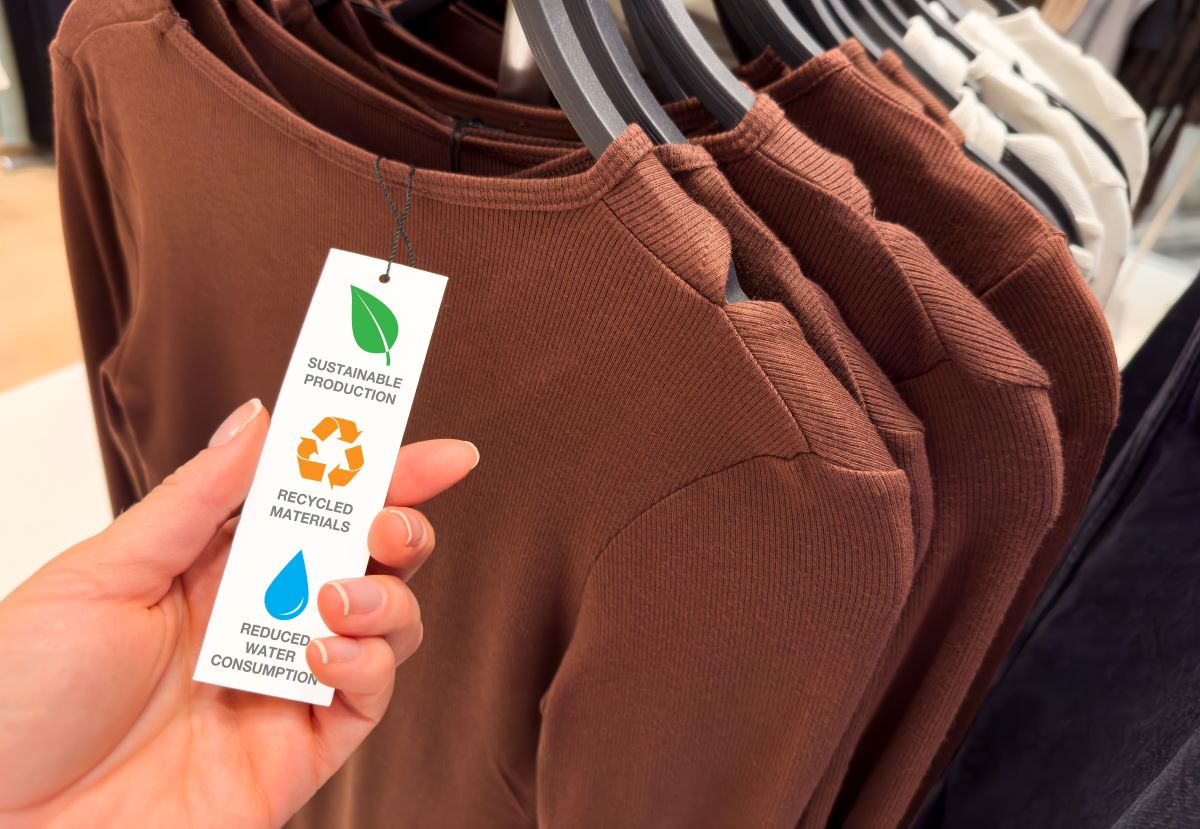Fast fashion brands have sparked a great deal of controversy due to the wasteful nature of their products, even though their prices are hard to beat. Find out how you can save on fashion without adding to landfills.
How Fast Fashion Brands Draw Us In

Gamified shopping experiences, catchy advertisements, and unbeatable prices—there’s a reason fast-fashion brands are so successful.
The Downsides of Fast Fashion

Companies that rely on cheap labor and even cheaper materials to quickly produce trendy clothing items are everywhere, and their prices have attracted millions of shoppers. But the quality leaves something to be desired.
The Real Cost of Cheap Products

Temu, the latest app-based shopping giant, promises thousands of dollars in giveaways when you play their in-app games. Temu’s popularity has soared in recent years but hasn’t come without controversy.
Controversy Over Unethical Labor Practices

Accused of dealing in goods that were manufactured using forced labor, Temu joins other retailers like Shein and Wish, which have come under fire for similar reasons. But that’s not the only complaint.
An Environmental Nightmare

With the massive volume of clothing these brands can produce, critics say they contribute to landfill waste and ultimately negatively impact the environment. In a world where more people are looking for greener ways to live, this is causing some concerns.
Turning to Sustainable Options

As a result of the alleged unethical practices, many consumers are looking for alternatives to fast fashion brands.
How You Can Prioritize What Matters

Luckily, there are options that can protect your wallet as well as your moral code. Experts have some advice for shoppers seeking clothing from ethical and sustainable sources.
Shopping from Thrift Stores Saves More than Money

One of the easiest ways to shop sustainably is to buy your clothing secondhand from thrift stores. Most cities and towns have at least one, and community members donate clothing they no longer want so they can be sold at low prices.
Consignment Shops Support Individual Resales

Consignment shops are great alternatives, too. Although the items at consignment shops may be priced slightly higher, they’ll still be listed well below retail. At these stores, the business keeps part of the profit while the seller receives some money for the items they provide.
Online Secondhand Shopping

You can also shop online from places like Poshmark, Mercari, and Vinted for secondhand clothing sold directly by people who are selling their old clothes. This is a good way to find high-quality brands at much lower prices than you’d find them in-store.
Buying New Clothes Sustainably

If you prefer to purchase new clothes, try to shop from brands that produce their clothing using sustainable and ethical practices.
Which Materials Are Greener?

Clothes made from organic materials (think cotton, bamboo, and wool) are more sustainable than ones crafted from synthetic fabrics. These options are typically more expensive but are high quality and better for the environment.
What is Upcycling?

You may have seen online influencers shopping at thrift stores for clothes they don’t really love but plan to upcycle. Reusing materials in this way is a great way to save money and be creative in the process.
Using Creativity for Good

The idea is to turn something old into something new and exciting without spending a ton of money. You can do it with little more than a sewing machine and an eye for creativity.
The Struggle for Outlying Shoppers

Finding ways to reduce your carbon footprint while also reducing your spending isn’t easy for everyone. For people who wear plus-sized clothing, it’s often difficult to find correctly sized items in thrift stores or online from sustainable sources.
Accessibility Concerns

Folks who live in more remote areas may also find it difficult to access secondhand stores if no shops exist nearby. In cases like these, it’s understandable that people feel the need to turn to fast fashion brands to get the clothing they need at affordable prices.
Taking Baby Steps to Sustainability

If shopping from brands like Temu and Shein is your only feasible option for filling out your wardrobe, there are ways you can minimize the environmental impact of doing so. Buy only what you need and reuse or donate things when you no longer want them.
Community Groups Making a Difference

Don’t be afraid to talk with other people you know who might be in a similar position as you. You can find excellent forums online full of similarly environmentally conscious people who struggle to find what they need in secondhand shops.
The Payoff

Making the switch to greener shopping practices is a process, but it’s worth it in the end. Generally, you’ll be able to save money and make a difference in the environment.
The post Sustainability and Fashion: Here’s How You Can Look Great and Save Money While Going Green first appeared on Mama Say What?!
Featured Image Credit: Shutterstock / Kaspars Grinvalds.
Haley White is a notable writer renowned for her insightful political commentary and captivating human interest stories in the context of the United States political scene.





